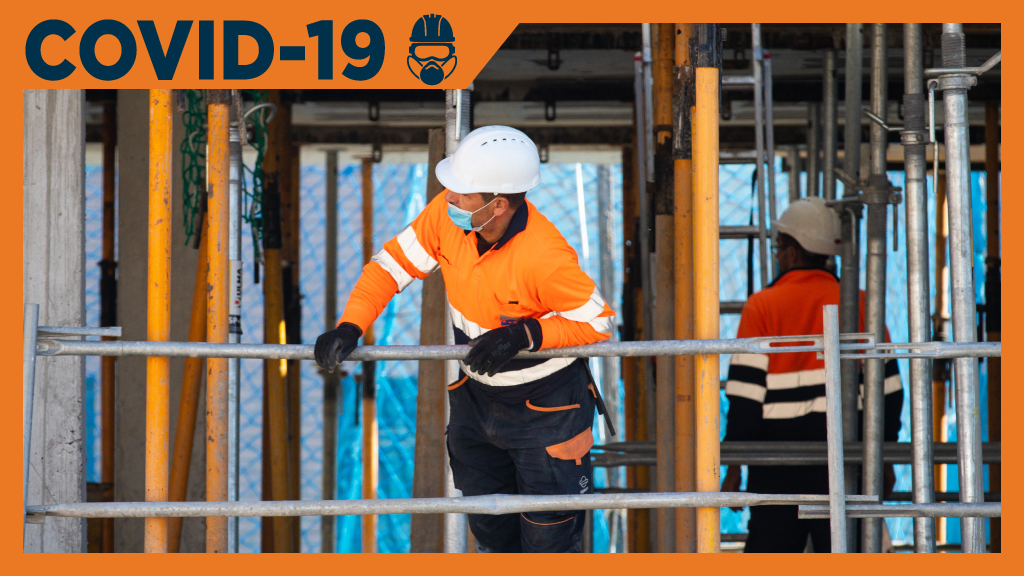With builders becoming more risk averse, collaborative models and approaches need to be considered in order to get the necessary infrastructure built in �°������ϲʿ������2023 and across the globe, especially given the new climate resulting from the pandemic.
That was the message from a panel entitled Post-COVID P3s – how will the model adapt to a new normal, which was part of the Canadian Council for Public-Private Partnerships 28th annual conference held virtually recently.
“There is a consensus that is building around the fact that more collaboration between owners and contractors will be actually essential to successfully recovering from the pandemic,” said Matthieu Dussud, associate partner with McKinsey and Company.
“We wrote an article a couple of years ago about the insanity of the contracting model, where the industry has been doing the same things over and over and failing at properly allocating risks during construction. We have an opportunity to stop that insanity and consider different models and better risk transfer between partners and owners.”
The current contract language in most concession agreements isn’t very contractor-friendly when it comes to pandemics, said Mark Liedemann, president and CEO of Infrastructure BC.
“It’s a little more friendly in some of the design-build contracts, but the P3s I would describe as ‘contractor-unfriendly,’” he said. “We had one in B.C., the Broadway subway project, that was quite a large deal. We elected to defer that procurement or extend the RFP period to give the markets more time to adjust from a financing perspective.
“We ended up going to our treasury board and getting approval to make various amendments to our procurement documents in regards to the risk allocation for the pandemic to more explicitly allow for some forms of relief. It may not be as much as some contractors would like but we definitely made adjustments and then we were able to close Broadway a couple months ago.”
He agreed contractors are becoming more risk averse and bidders are pulling out of the P3 market altogether due to the high opportunity costs, which has led Infrastructure BC to look at some different types of collaborative models.
“Whether it’s P3s or design-build projects, they are expensive from the bidders perspective to purse, they take a long time, pursuit costs are high and in general, because they are high profile and complex, contractors need to kind of put their best people forward on the job. Then if you have three people bidding, you only have a one in three chance of winning,” Liedemann noted.
One of the big potential challenges for the public sector when it comes to collaborative models is how do you determine that you get value, he added.
“I’m quite optimistic about the opportunities through these collaborative approaches because right now the approach, whether its P3 or some of these other hard bid-type of arrangements, they’re not working for the construction industry,” said Liedemman. “Many of them are pulling out of these types of projects. As public sector owners that have capital programs for which we need to deliver on, we actually need strong construction partners in order to be able to do that. We need to find models that work for both sides. There are more opportunities in the collaborative model to have more of a win-win arrangement.”
The current model is not sustainable said panellist Stephanie Vaillancourt, executive vice-president of capital with SNC-Lavalin.
“Contractors are losing money,” she said. “You cannot be losing money year over year over year on every project. For me the model needs to adjust. If you look at other countries like the U.K., we have been working on a big rail project on an alliance model, and I think it’s a win-win. Right now, if you look at the current model, it’s a lot of litigation, no one is winning. It’s not the owner that is winning, the project is not better delivered and it is not faster. For us, we feel the alliance model is the right model going forward.”
Dussud said they are seeing a trend among infrastructure project owners including procurement executives in North America to consider shifting to collaborative contracts, and while there are obstacles, there is an effort in the industry to overcome them.
“There are a number of engineering and construction companies that have been advocating for more collaboration…but in the end the decision relies on the owners and the owners need to seriously consider the pros and cons and do a thorough assessment of their own readiness,” said Dussud.
“Invest in trust because in the end collaboration heavily relies on trust. This industry is not known for favouring trust. That is fundamentally what needs to change for collaborative models to be adapted at scale in �°������ϲʿ������2023.”
Follow the author on Twitter .











Recent Comments
comments for this post are closed